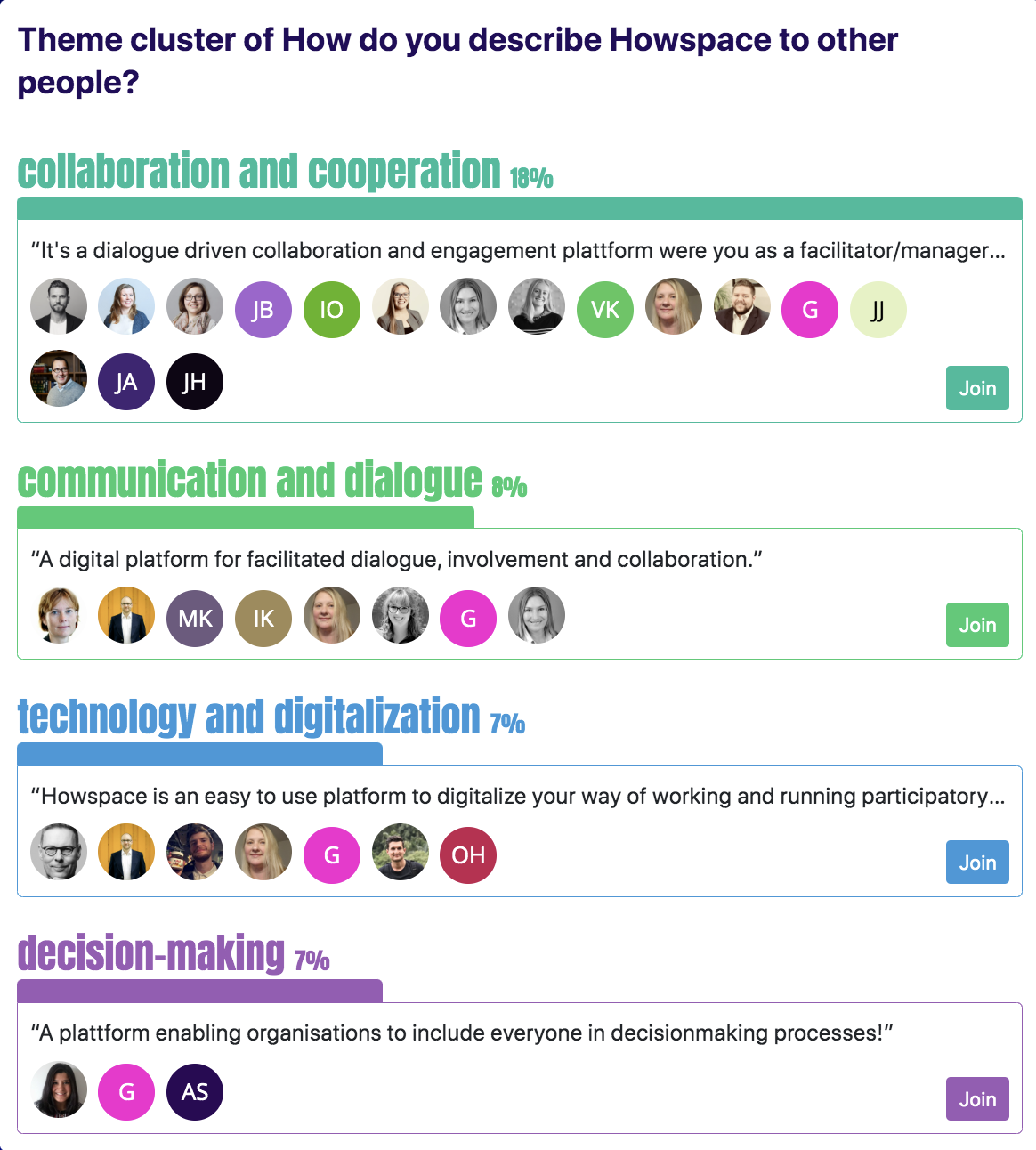
The core elements of a successful learning & development strategy
Nearly every organization today aspires to be a learning organization—meaning they aim to learn and evolve in an agile way. But creating a solid learning and development (L&D) strategy is especially challenging in today’s hybrid work environment. It takes more than a one-off training program to get tangible results from your L&D initiatives.
To get the most out of the time and resources you put into L&D, you need to see it as a strategic advantage rather than an expense. In this post, we outline the core elements to include in your L&D strategy in order to be successful.
Align your L&D strategy with the company strategy
Your workplace L&D initiatives shouldn’t exist in a vacuum. If L&D is a separate entity, disconnected from the rest of the organization, it’s doomed to fail. Company-wide learning programs should be 100% aligned with your organization’s current strategy, objectives, and performance metrics.
For example, at Howspace, we use the objectives and key results (OKR) framework for goal setting, and each functional team has OKRs related to learning and development. It’s up to the teams and individuals to define the kind of learning they need to focus on. Some teams might attend training sessions together, or invite external experts to conduct training.
Prioritize on-the-job learning
If the majority of your L&D focus is on formal learning environments and events, this presents a problem. Instead of adding value and making contributions to your organization, your team is spending far too much time in what’s essentially a classroom. You turn them into sitting ducks instead of viable, profitable, and productive workers for the duration of these sessions.
That being said, employees can’t always jump headfirst into a work-related scenario without theoretical knowledge or some formalized training. However, the classroom-style approach has a ceiling, and it’s a short one.
Employees should only spend 10% of the time in a formal learning environment in most workplaces. 70% of learning should occur on the job as part of a wider organizational culture. Everyone should be teacher and student simultaneously, eager to learn as they go.
Of course, this state of perpetual organizational learning doesn’t happen at the snap of your fingers. It takes a learning culture and invested leadership.
Reward a growth mindset
To make learning a key part of your company culture, reward a growth mindset where people see challenges as opportunities. You want your employees to focus on continuous learning by doing where it’s okay to make mistakes. In fact, mistakes should be shared openly so everyone can learn from them.
One way you could promote this continuous learning culture is by encouraging people to take on new projects. This way, employees learn while providing value to your workplace. It also guarantees the skills they’re learning are directly applicable to their role.
This doesn’t mean that you throw an employee into a project by themselves. They should be on a team, or at least have a supervisor with whom they’re interacting, collaborating, and co-creating. This way, team members learn together, which is the future of organizational learning and development.
Use the right tools and technologies for collaborative learning
What learning tools and technologies will help boost the value of your L&D initiatives?
Many companies use learning management systems (LMSes) to deliver training and development outcomes, but these systems have some limitations. For one, pretty much only allow for one-way communication and content-delivery rather than peer-to-peer learning. LMSes aren’t really built for on-the-job learning either.
When considering what software to use for your learning and development programs, look for an online platform that allows you to facilitate collaborative learning. Make sure the platform you choose checks the following boxes:
- Engage participants in between live sessions. When kicking off any collaborative learning initiative, you can do a round of introductions before the sessions (whether virtual or in-person), and gauge participants’ current skills and knowledge through polls, quizzes, and exams. After each session, you can send additional material and group assignments to ensure people continue collaborating. You can keep the momentum rolling this way even if there’s a long break in between sessions.
- Send automated reminders and notifications. Especially for longer L&D programs, you should be able to set up automated reminders and personalized notifications. This makes it easy for participants to stay on track with the learning program, and it saves facilitators’ time on admin and coordinating work.
- Tweak your programs as you go. Your L&D programs shouldn’t be set in stone. Instead, you should be able to adapt them as needed. After all, teams keep evolving, and their needs change. When you get feedback from learners, you want to be able to adjust your training sessions accordingly.
It’s important to remember that tools alone won’t be a silver bullet for success. It’s how you use the technology that’s most important. Facilitation plays a huge role—you want to guide people on a shared learning journey rather than simply feed them information.
Leverage AI to bolster your enterprise L&D initiatives
Artificial intelligence is altering many aspects of our world, so it’s no surprise that it’s also transforming workplace learning and development.
Through AI, facilitators can absorb and digest large quantities of dialogue between an unlimited number of participants—no matter their geographical location.
For example, Howpsace AI helps you make sense of people’s opinions and experiences, and keep conversations going. Since machines don’t play favorites, you can avoid bias and objectively analyze large amounts of qualitative data in a click of a button.
With all Howspace AI capabilities, you can get to the heart of what employees are saying and see the big picture.

Employ these components to your workplace L&D strategy and never look back
Imagine that classroom success was directly related to workplace success. If that were the case, you’d have people finishing their undergrad and getting hired at Fortune 500 companies as C-level execs. But that’s plainly not possible because freshly graduated University students lack the real-world experience to apply their knowledge.
The value of a formal learning environment is minimal compared to practical learning experiences in a living, breathing work environment.
That’s why the tactics and tools that support on-the-job collaborative learning are an absolute must for today’s enterprise learning and development strategies.
If you’re curious about how you can use Howspace to drive innovation and collaboration in your L&D programs, why not give it a try? Start for free today and unlock Howspace’s key features for you and up to 20 participants.
You might be interested in these as well
View all
E-learning vs. blended learning — definitions, differences & use cases
The terms e-learning and blended learning are often used interchangeably, which is hardly a problem in casual conversation. However, since […]

10 Ways Howspace Uses Howspace
In the SaaS world, we frequently hear the term “eating your own dog food” thrown around, but rarely do we […]

The future of learning: How to design learning experiences for the hybrid world
It’s no secret: work as we know it has changed for good. COVID-19, the Great Resignation, and the rise of […]